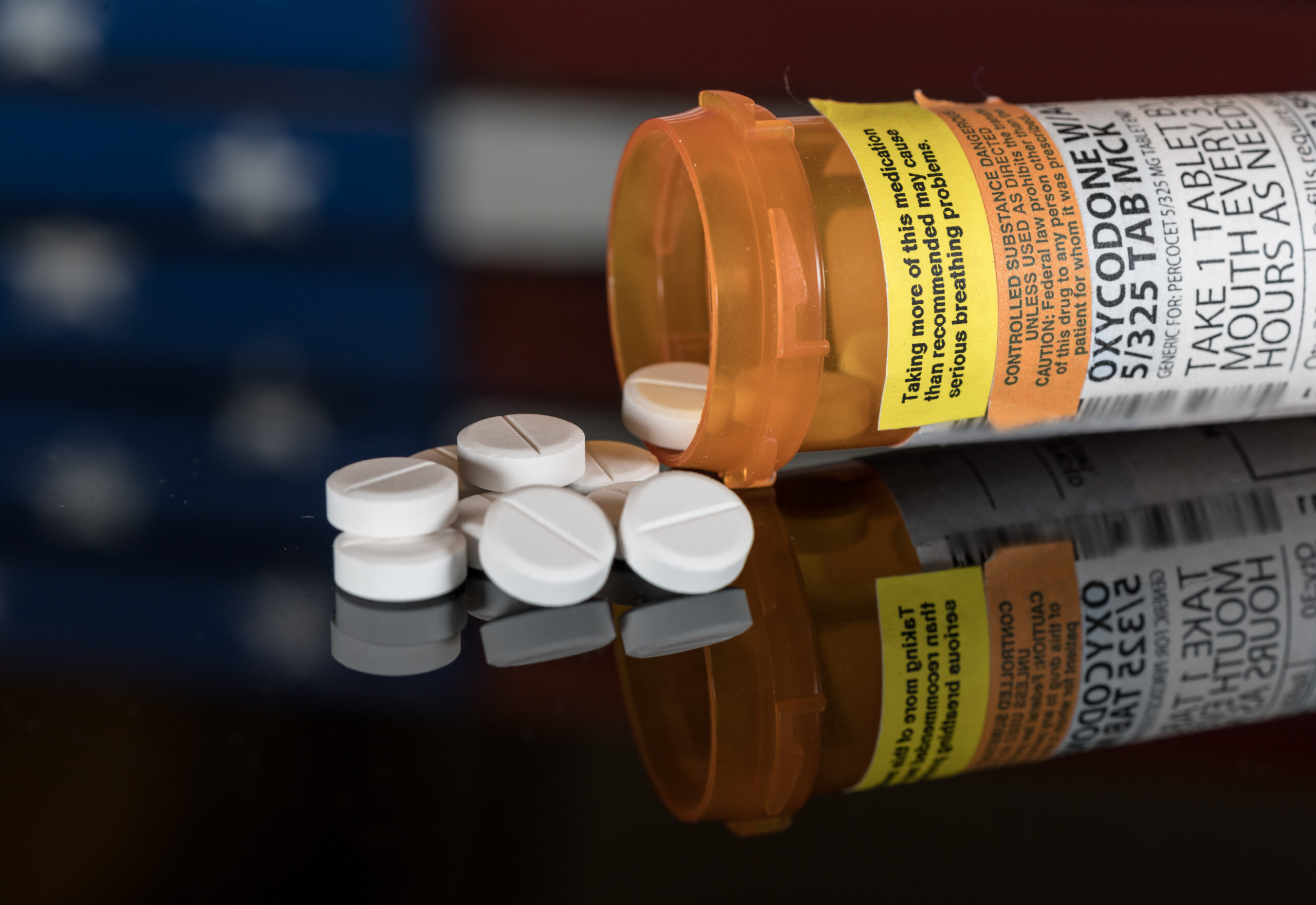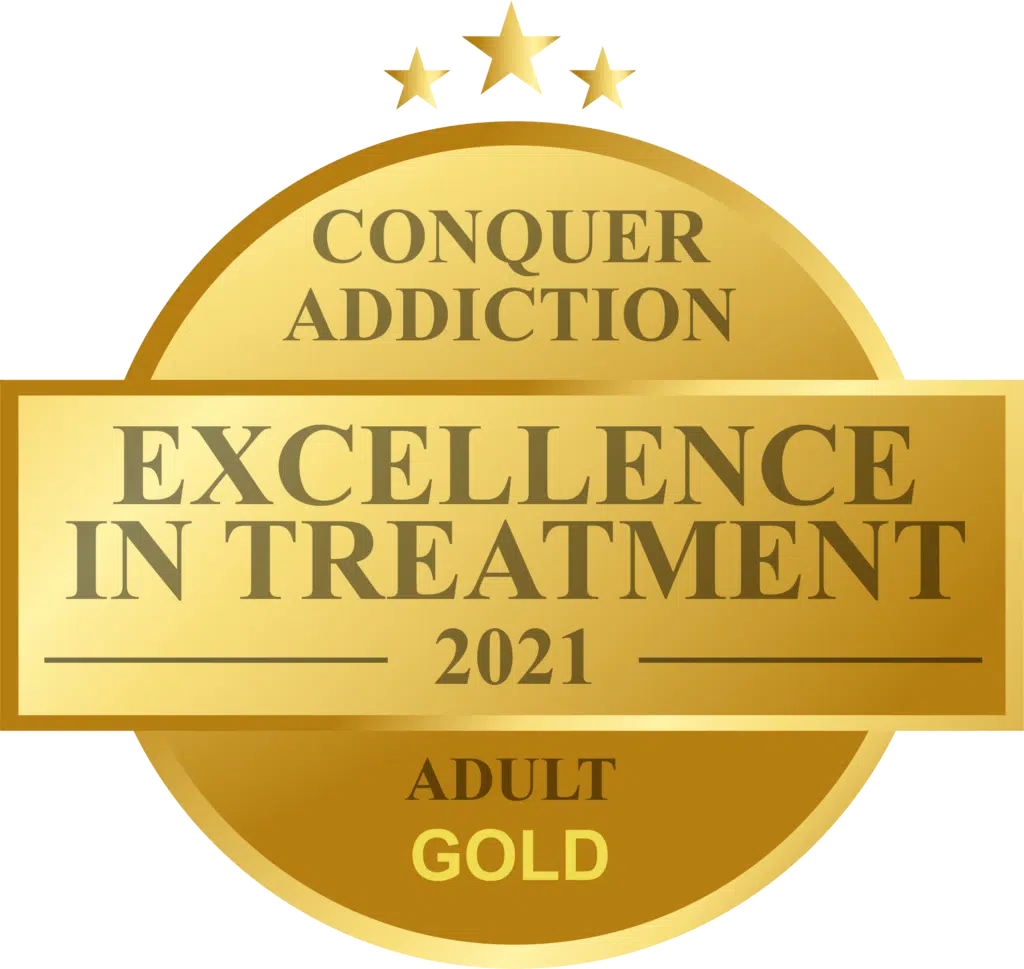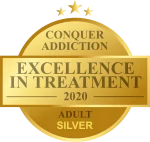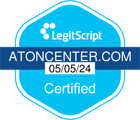Oxycodone and Hydrocodone are both prescription opiate drugs that are used to treat certain health conditions such as mild to severe pain in individuals. They are created from the opium poppy plant and are typically only prescribed when other pain medications are not effective.
What is Oxycodone?
Oxycodone is an analgesic, pain-relieving drug that belongs to a class of drugs called a narcotic or opiate. Opioids are either opiate substances that are extracted right from the opium plant or they are chemically manufactured. So what is oxycodone used for? It is typically prescribed to treat mild to severe pain. Narcotic pain medications are classified as Schedule II controlled substances by the United States Drug Enforcement Administration (DEA). This means that although this medication is prescribed by a doctor for certain health conditions, it is highly addictive and can cause abuse.
Oxycodone is an opiate agonist that is the active ingredient in a number of narcotic pain medications, including Percodan, Oxycontin and Percocet. The names used will indicate the method of delivery and the active ingredient as controlled-release or in combination with naltrexone or acetaminophen.
You may wonder, how long does oxycodone last? The pain relief effect of immediate-release oxycodone will go away usually within four to six hours, but the drug may still be detected in the saliva and urine for up to four days in the hair for 90 days after the last dose.
What is Hydrocodone
Hydrocodone is made from codeine, which is an opiate associated with the opium poppy. You would probably recognize it under the more common names Vicodin (when in combination with acetaminophen) or Damason-P (with aspirin). These drugs are used for treatment of mild to severe pain in patients, but it can be highly addictive if taken long-term.
Hydrocodone makes changes to the central nervous system and stops signals of pain from reaching the brain. It can be found as a single ingredient substance or a combination drug—it’s most commonly prescribed in the form of Lortab, which is hydrocodone combined with acetaminophen.
Oxycodone Vs Hydrocodone
When individuals take pain killer drugs frequently, they may have questions and start to wonder what the difference is between hydrocodone vs oxycodone. Oxyodone and hydrocodone are both schedule II drugs which indicates that it can be dangerous and cause abuse or addiction when individuals use it. A schedule II drug is just one step below an illegal drug.
The main difference between oxycodone vs hydrocodone is that oxycodone drugs are a 12-hour release drug while hydrocodone is an instant release painkiller when it is in its most common form available and mixed with acetaminophen. When it is prescribed on its own it is also a time released formula. One of the other differences in hydrocodone and oxycodone is that hydrocodone has a higher likelihood for negative side effects to occur.
From a drug structure standpoint, oxycodone and hydrocodone are very similar, the differences in their structure comes down to one extra oxygen atom on Oxycodone. Oxycodone is semi-synthetic and will only relieve pain vs hydrocodone which can be used as a cough suppressant.
Despite the high likelihood for abuse and addiction, there are addiction treatment care programs available at AToN Center. Our recovery rehab focuses on the cause and reason for addiction, and we treat all different types of drugs including opioids like oxycodone, hydrocodone and many others. If you would like more information on our treatment programs, please contact us.
Effects of the Drugs
Oxycodone and hydrocodone have similar effects in how they make you feel when you take them. So which is more potent oxycodone vs the drug hydrocodone? Both hydrocodone and oxycodone can make you feel “high” and have strong effects, but oxycodone is considered stronger and more likely to lead to addiction than hydrocodone.
Immediate effects of oxycodone and hydrocodone include:
- Increased sedation
- Euphoric feelings
- Loss of pain sensations
- Reduced anxiety
- Feelings of relaxation
Other effects that could happen include:
- Gastrointestinal issues, such as stomach cramps, nausea, constipation and vomiting
- Sweating, flushing, drowsiness, loss of appetite or dry mouth
- Headache, weakness and dizziness
- Allergic reactions that may present such as rash, itching, hives, and swelling of the throat, lips, face, tongue, or other extremities
- Seizures, in rare cases
- Respiratory problems that may include decreased breathing or more serious issues including difficulty swallowing
- Extreme lethargy or comatose states (more apt with overdoses)
- Postural hypotension that happens when a person rises from one position that causes their blood pressure to drop
- Cardiovascular problems such as changes in blood pressure or heartbeat
How Long Does Oxycodone Stay in Your System?
People who use the drug frequently may like to know how long oxycodone will stay in your system. Below is the typical length of time it will stay in your system.
- Urine: Up to four days
- Hair: Up to 90 days
- Saliva: Up to four days
- Blood: Up to 24 hours
Addiction and Abuse to Oxycodone and Hydrocodone in Individuals
Like other drugs, oxycodone and hydrocodone use can result in abuse and addiction. Even when individuals take this drug for a short period of time, they can develop a dependence on it, which means they need the drug to feel “normal.” Over time, individuals will have a tolerance to the drug and need more and more to achieve the same desired results, which is why abuse occurs.
When it comes to more cause for concern of abuse, oxycodone vs hydrocodone, they both can be highly addictive and have potential for abuse. Some believe that oxycodone is stronger, thus may make it have a higher chance for abuse, but both can cause addiction due to their effects.
Questions about Combining an Opiate with Other Substances
When you combine an opiate like oxycodone or hydrocodone with other drugs or medications, such as alcohol there can be serious consequences or side effects. Opioids and alcohol just do not mix, as far as the harmful effects, including life threatening effects that can occur. If you ever have questions about mixing these substances, just know that there are risks involved.
When opioids are taken with muscle relaxants, barbiturates or alcohol brain function will be slowed to a point that it could lead to impairment of breathing. Mixing oxycodone or hydrocodone with alcohol is especially dangerous. Not only is mixing alcohol with oxycodone or hydrocodone dangerous, drinking alcohol to excess can be detrimental to your health and excessive use can result in addiction.
The First Step to Get Help
The first step in getting help for an opioid addiction is to find treatment programs and rehab centers such as AToN Center. A recovery rehab center will be able to provide the right care and resources to allow individuals to get treatment help for your addiction.
Treatment centers offer addiction specialists that can provide a detox program, counseling and other recovery program options that help you get clean and sober, free from addiction. Take the first step and contact AToN Center for information on our addiction treatment recovery program.
Choosing the Right Treatment at AToN Center
AToN Center is an addiction treatment center that treats the symptoms and effects that occur when someone becomes dependent on drugs or alcohol. Our program focuses not only on your mental health, but your physical health as well. Our luxury rehab recovery facility has many amenities including a world-class chef that provides healthy, nutritious meals.
We understand the repercussions that occur when addiction and abuse to drugs or alcohol happens, and our client’s health is our number one priority. We offer both traditional 12-step treatment methods as well as non 12-step holistic care options. Some of our treatment modalities include counseling, yoga, meditation, and addiction education.
For questions or more information about our addiction treatment accommodations, alcohol and drug treatment, executive rehab recovery services or admission into our luxury, private rehab in California, the first step is to email or call us today.
Originally posted on February 11, 2021 @ 5:30 am


















